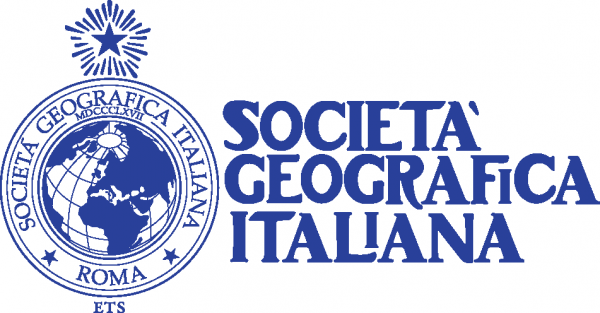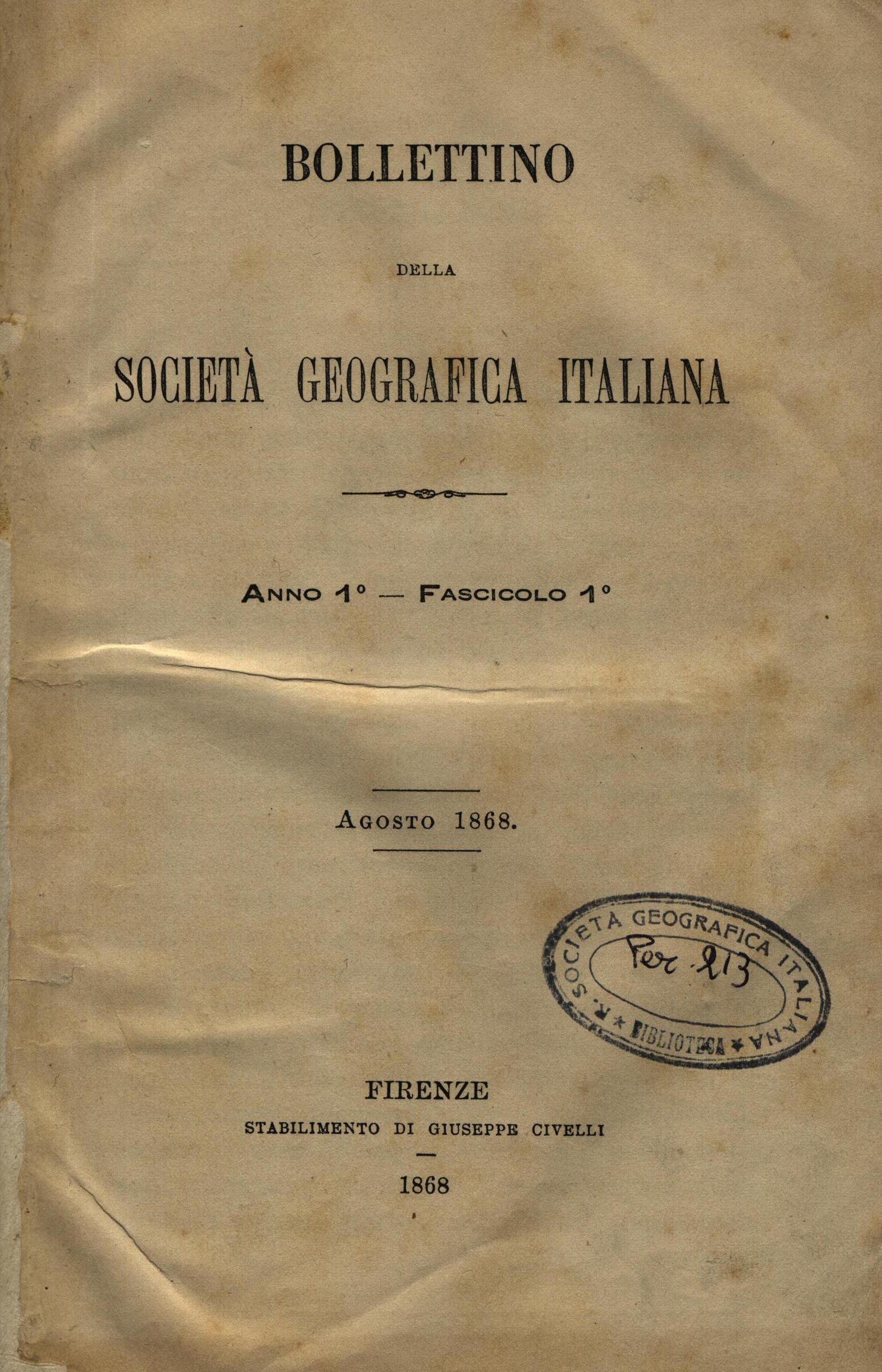ISSN 1121-7820 (print)
ISSN 2974-5780 (online)
Call for Papers Slow Mobilities and Heritage Landscapes
SLOW MOBILITIES AND HERITAGE LANDSCAPES
Guest editors:
Margherita Cisani, University of Padua (Italy)
Maarja Kaaristo, Manchester Metropolitan University (UK)
Dario Bertocchi, University of Udine (Italy)
Monica Meini, University of Molise (Italy)
Mobilities and landscapes are inextricably connected to each other: landscapes can be viewed as the settings or environments in which mobilities take place, while mobilities can and do shape and transform landscapes. The role of mobilities in studying heritage landscapes is therefore complex and far from straightforward. Various mobilities can affect the recognition, conservation, promotion and use of landscape as heritage, but they also inform us about new ways of interpreting heritage, as is evidenced by the recognition of heritage as anything but fixed, always on the move and, therefore, “in action” (Waterton et al., 2017). Drawing, among others, from the “new mobilities paradigm” (Sheller and Urry, 2006), heritage, landscape and tourism studies have recently started discussing the mobile nature of various landscapes (Harvey, 2015; Kaaristo and Rhoden, 2020) and the ways how mobilities can transform a landscape, leaving behind traces of the people, objects, and ideas that moved through it. Looking at heritage landscapes through a mobilities lens also allows us to pose several challenges to the nature-culture dichotomy, as these two dimensions are entangled and can therefore be challenged through mobilities. The movement of people through a landscape can blur the lines between what is considered natural or cultural, human or non-human, challenging the idea that nature and culture are two separate and distinct realms, and instead suggests that they are interdependent and constantly interacting. However, not only do mobilities influence landscapes, but landscapes also have an effect on mobilities: natural features such as mountains, rivers, canals or woodlands as well as the built environments such as roads, buildings or transport infrastructure can also either facilitate or hinder movement. Indeed, both natural and cultural heritage are formed through mobilities, mixing and hybridisation (Gravari-Barbas, 2021).
This call for papers aims to gather interpretations on the heritage-mobilities nexus, paying particular attention to slow mobilities and their related infrastructures such as walking routes, cycleways and waterways. We invite contributions that explore the various ways in which slow and often non-motorised mobilities connect people to heritage landscapes. While these types of mobilities are increasingly promoted as a sustainable choice in the tourism industry, they are not without their contradictions and stereotypizations (Fullagar et al., 2012; Cisani and Rabbiosi, 2023). By focussing on the slow(er) pace of a variety of mobility practices (Amit and Salazar, 2020), we invite scholars to contribute their unique perspectives on the complex relationship between heritage landscapes and mobilities using either qualitative and/or quantitative methodologies. This will enable us to establish a different relationship between bodies, places, paces and temporalities, especially in connection with heritage landscapes.
Possible topics for consideration include, but are not limited to:
- Walking itineraries and heritage landscapes
- Trekking in natural/cultural heritage landscapes
- Eco-tourism practices and policies in heritage sites and the role of communities
- Waterways heritage and tourism
- European Cultural Routes and tourism mobilities
- Inner areas’ development strategies and slow tourism
- Absence/presence in mobile heritage landscapes
- Past-present-future landscape connections in slow tourism
- Heritage and slow tourism politics and/or practices
- Relational paces of slow tourism
- Tourist skills, heritage landscapes and slow mobilities
- Mobilities and more-than-human heritage
- Human-animal-landscapes relations in slow tourism
- Slow mobilities and the nature-culture dichotomy
- The role of technologies in shaping heritage, landscapes and mobilities
- Gender/age/ethnicity/citizenship/disability and mobilities in heritage landscapes
- Interdisciplinary approaches to studying slow mobilities and heritage landscapes
- Creative research methods and slow mobilities in heritage tourism
- Mobile methods in landscape and heritage scholarship
- Qualitative/quantitative research on slow tourism and heritage landscapes
References
Amit, V., and Salazar, N. B. (Eds.). (2020). Pacing mobilities: Timing, intensity, tempo and duration of human movements. New York: Berghahn Books.
Cisani, M. and Rabbiosi, C. (2023) Exploring Tourism Slow Mobilities. In Biasori L, Mazzini F, Rabbiosi C., Reimagining Mobilities across the Humanities, Vol.2. Routledge.
Fullagar, S., Markwell, K. and Wilson, E. (eds) (2012) Slow tourism: experiences and mobilities. Aspects of tourism 54. Bristol: Channel View Publications.
Gravari-Barbas, M. (2021). Tenements in New York and riads in Marrakesh: Mobilities and the new paradigm of heritagization. In: Hybrid Mobilities. Routledge.
Harvey, D. 2015. Landscape and heritage: trajectories and consequences. Landscape Research 40 (8):911–924.
Kaaristo, M. and Rhoden, S. (2020) Travelling and travelled landscapes: imaginations, politics and mobilities of tourism: introduction to the special issue. International Journal of Culture, Tourism and Hospitality Research, 14 (3). pp. 301-305.
Sheller, M. and Urry, J. (2006). The new mobilities paradigm. Environment and planning A, 38(2), 207-226.
Waterton, E., Watson, S. and Silverman, H. (2017). An Introduction to Heritage in Action. In Heritage in Action: Making the Past in the Present, eds. H. Silverman, E. Waterton, and S. Watson, 3–16. Cham: Springer International Publishing
Schedule and guidelines
Authors are invited to send the title and the abstract (maximum of 1000 characters or about 200 words, bibliography and spaces included) by 30st of September 2023.
Authors will be notified about the decision by 31st October 2023. The selected author(s) will have to submit their complete manuscript no later than 31st December 2023. The contributions can be submitted in Italian, French, Spanish or English and must not exceed 50,000 characters or about 8,500 words (spaces, foot/end-notes, and bibliography included).
Prior to submitting the paper, authors are kindly asked to check the Authors’ Guidelines https://www.bsgi.it/index.php/bsgi/index;
http://societageografica.net/wp/wp-content/uploads/2019/10/BSGI_guidel_en.pdf




